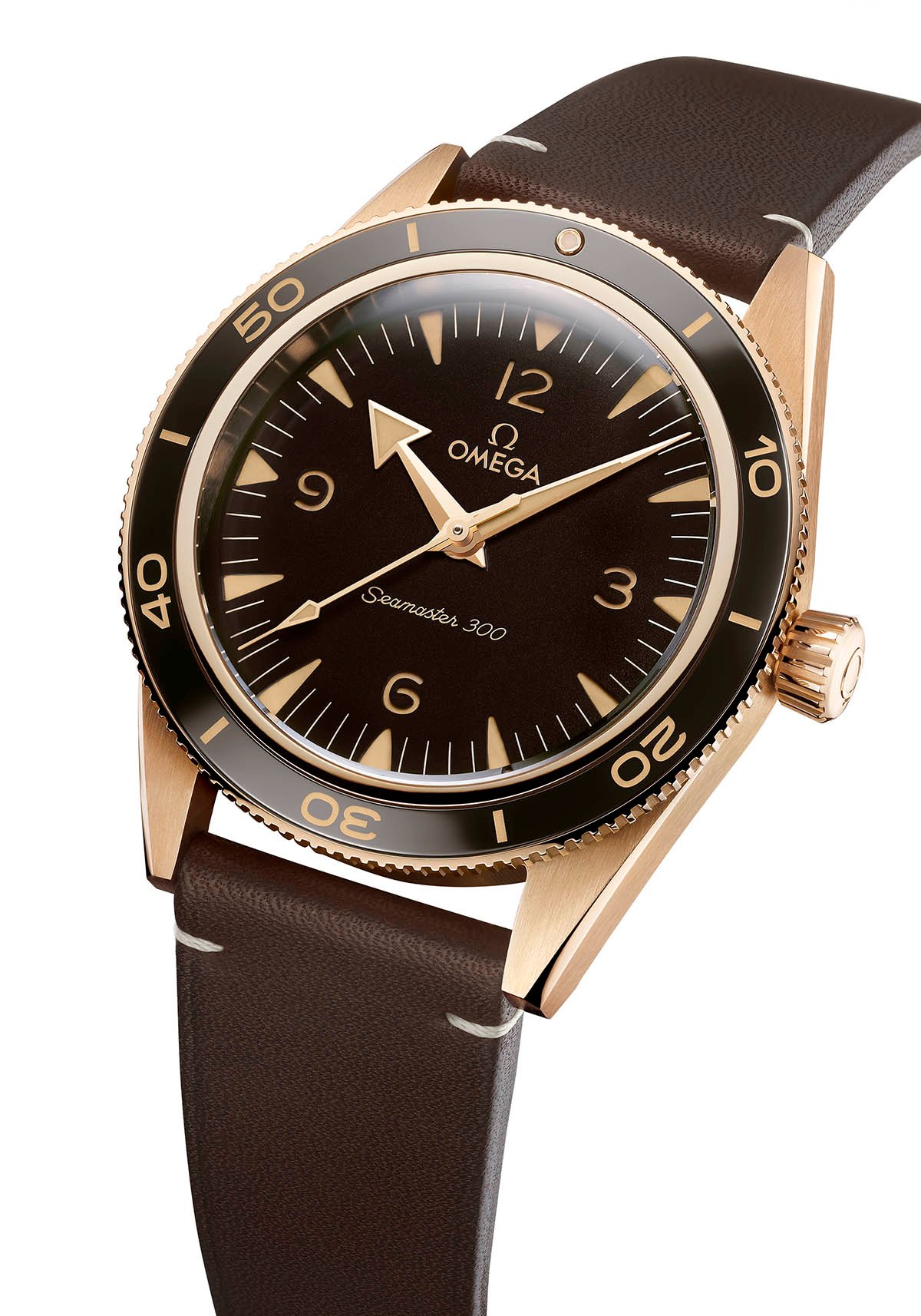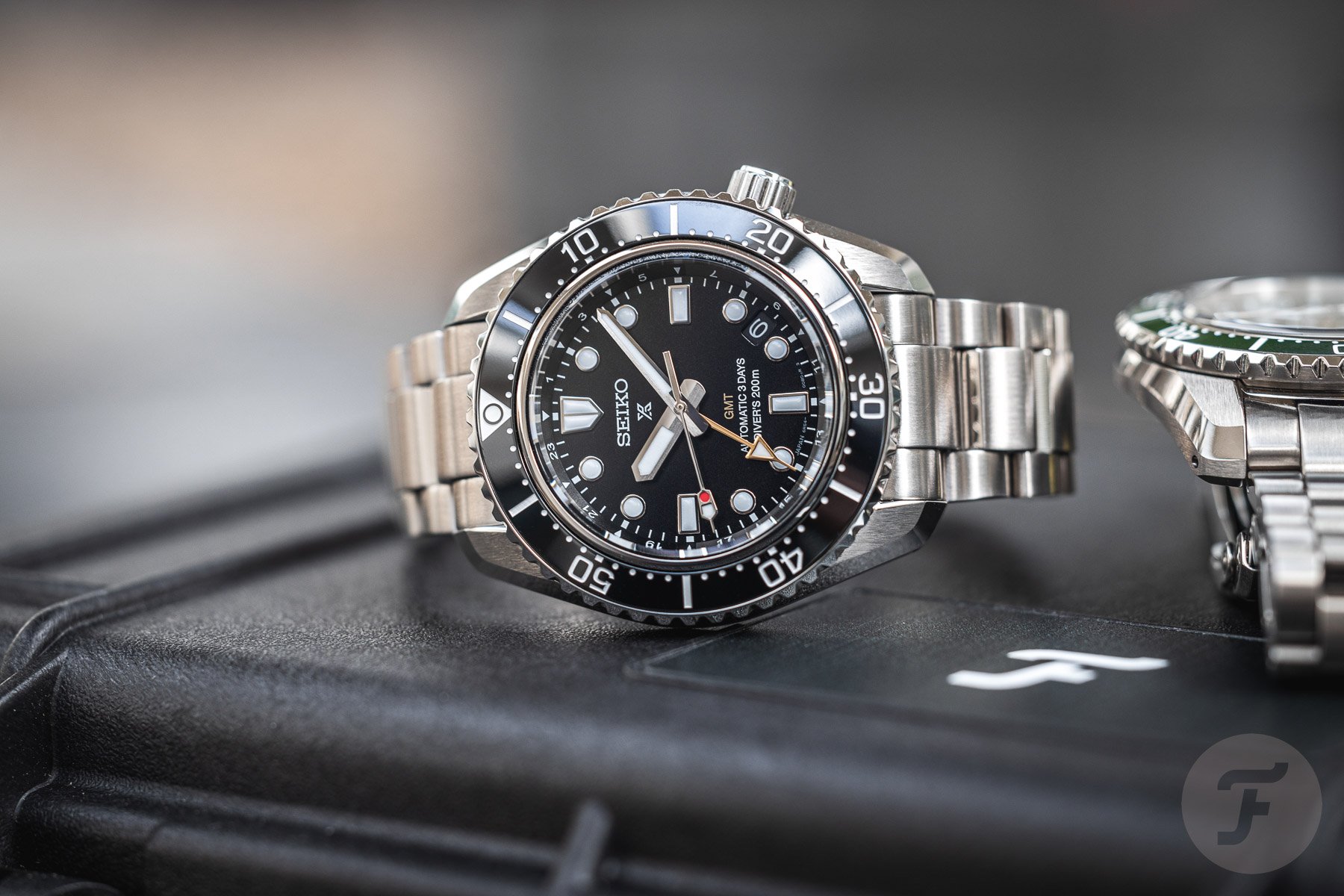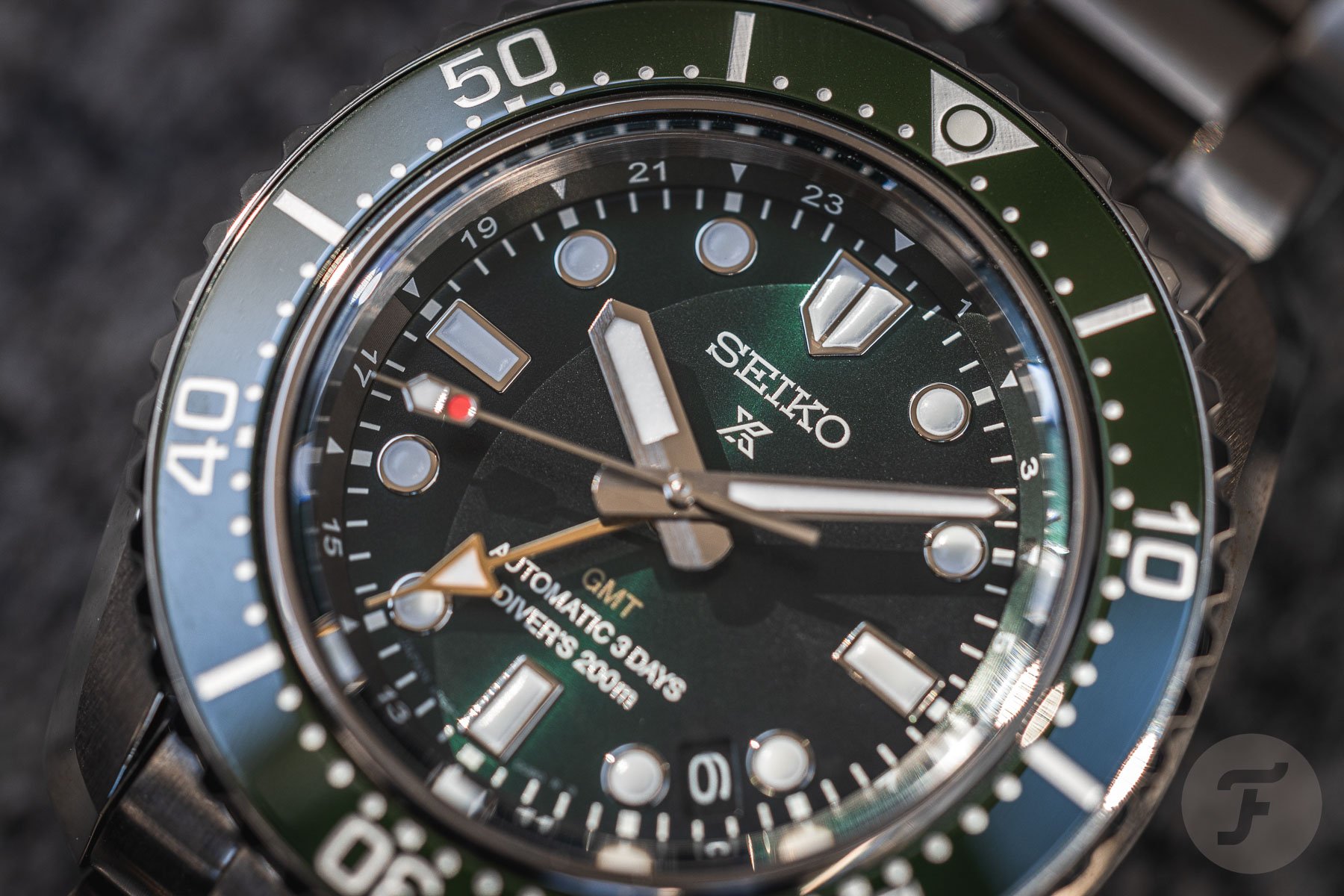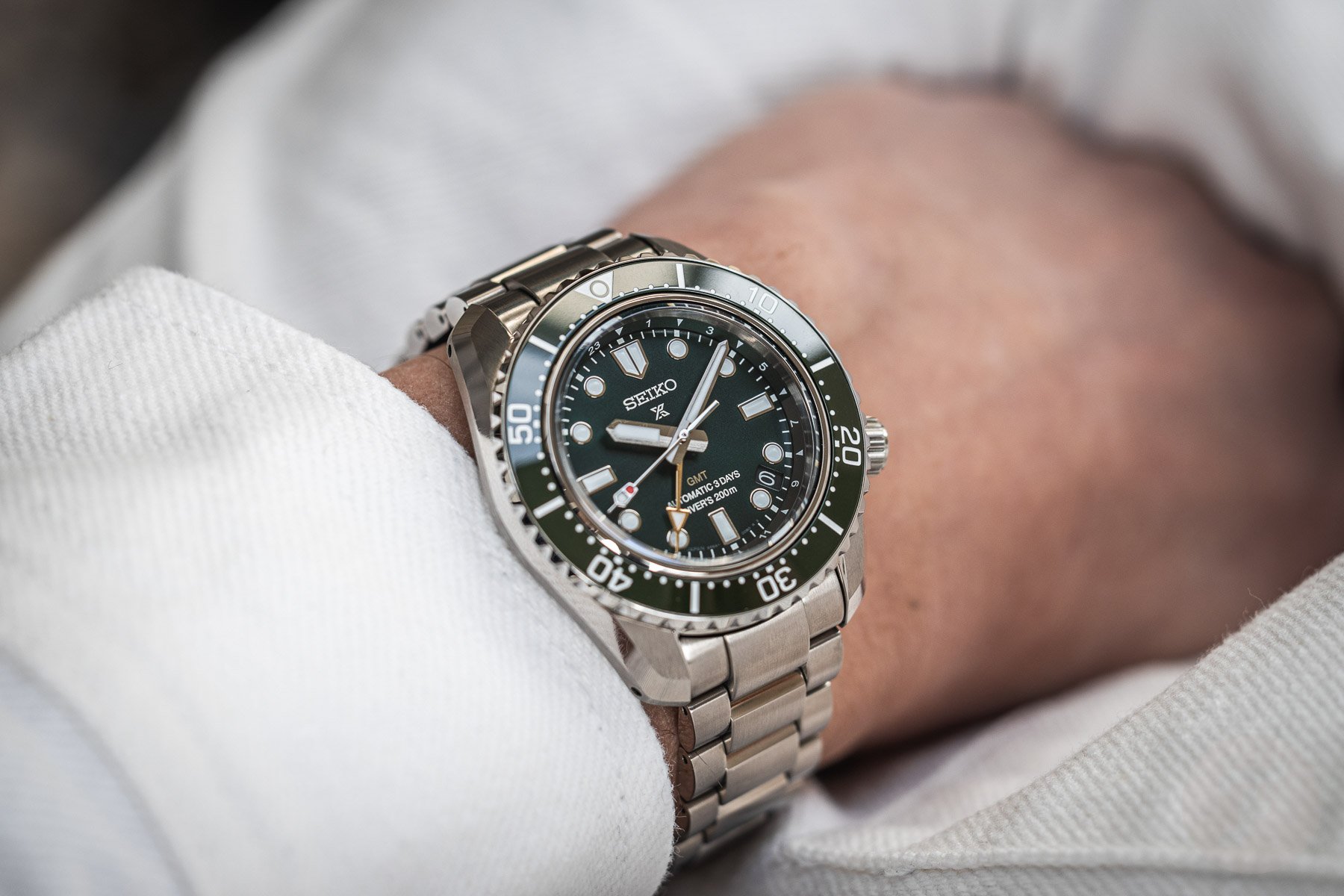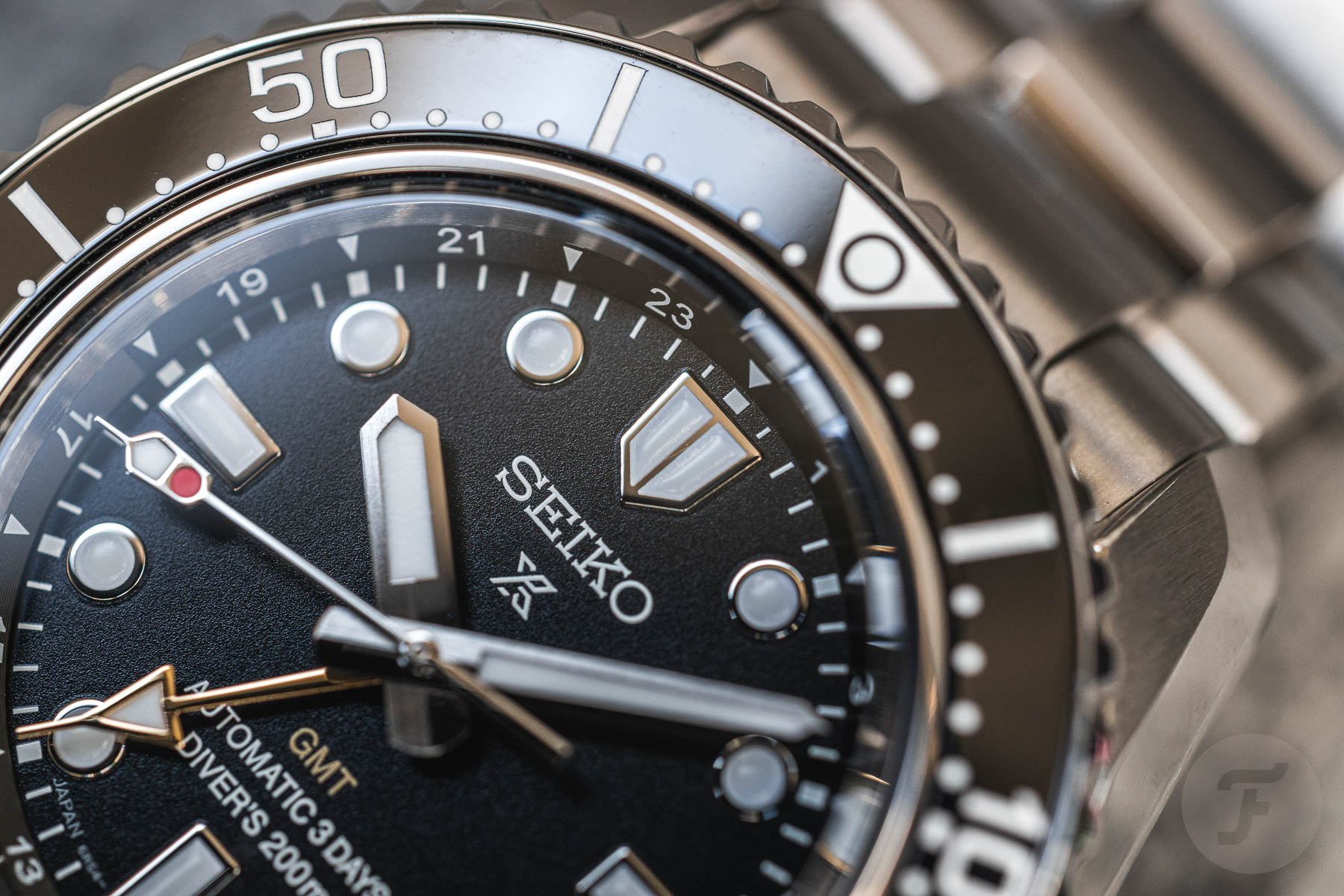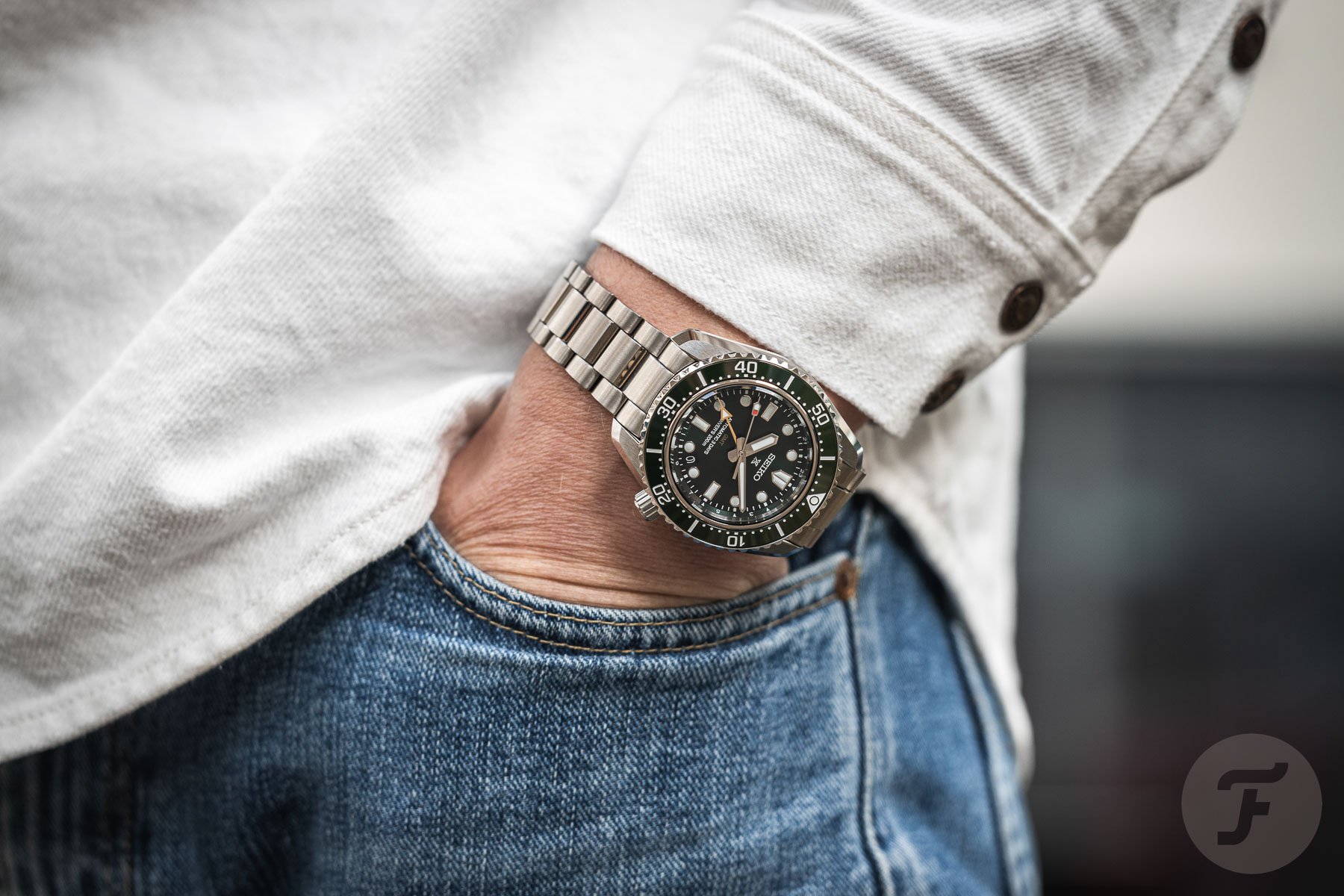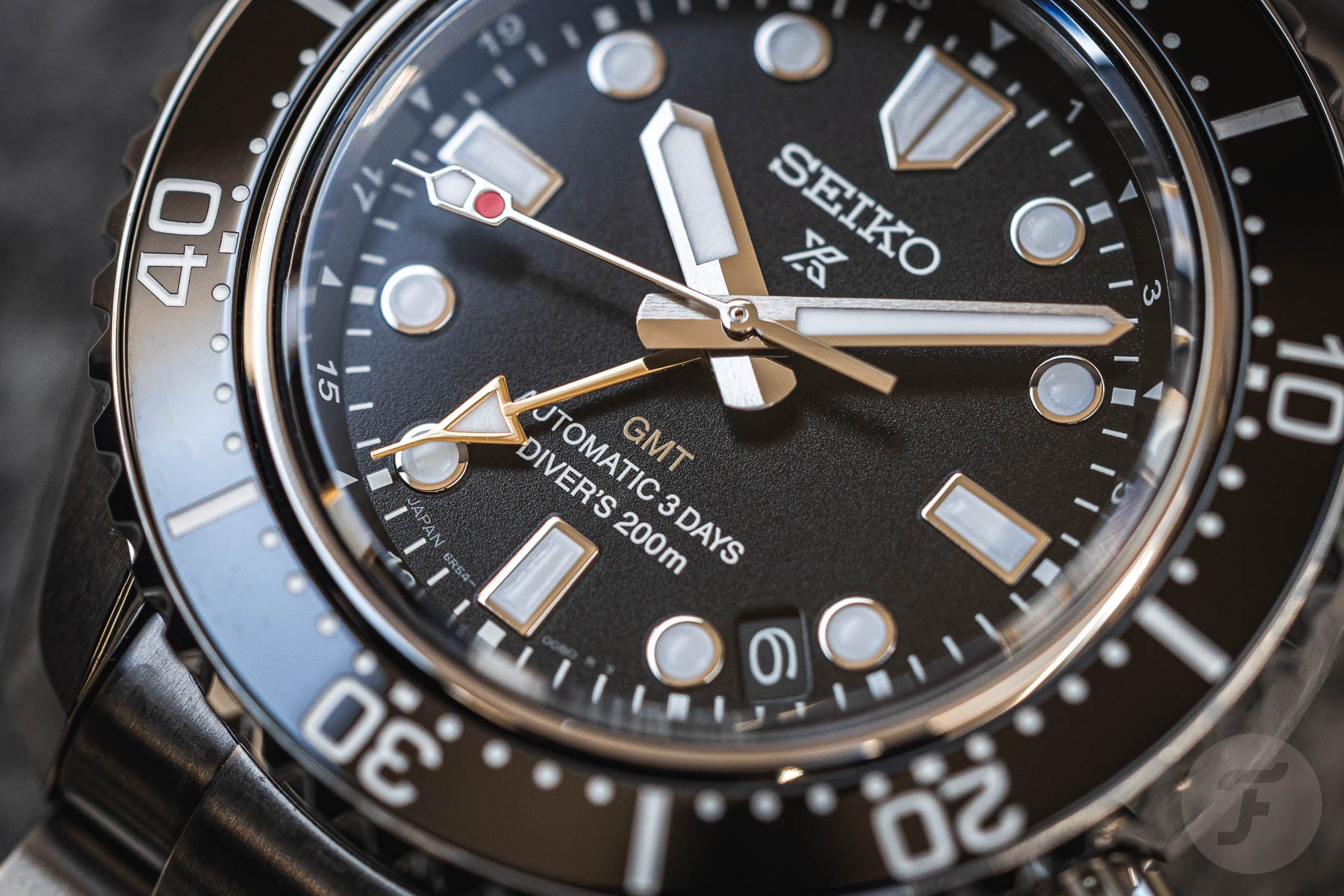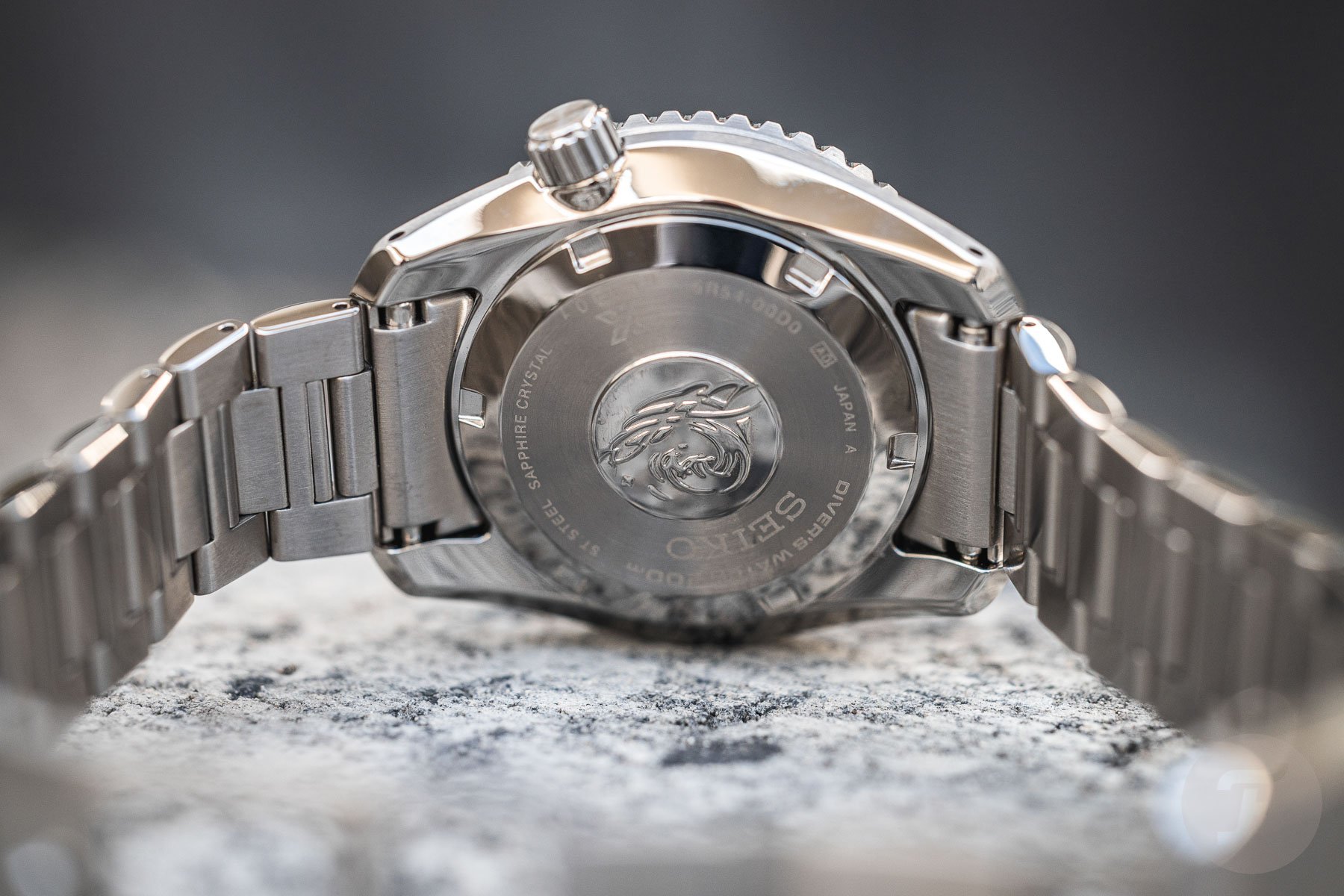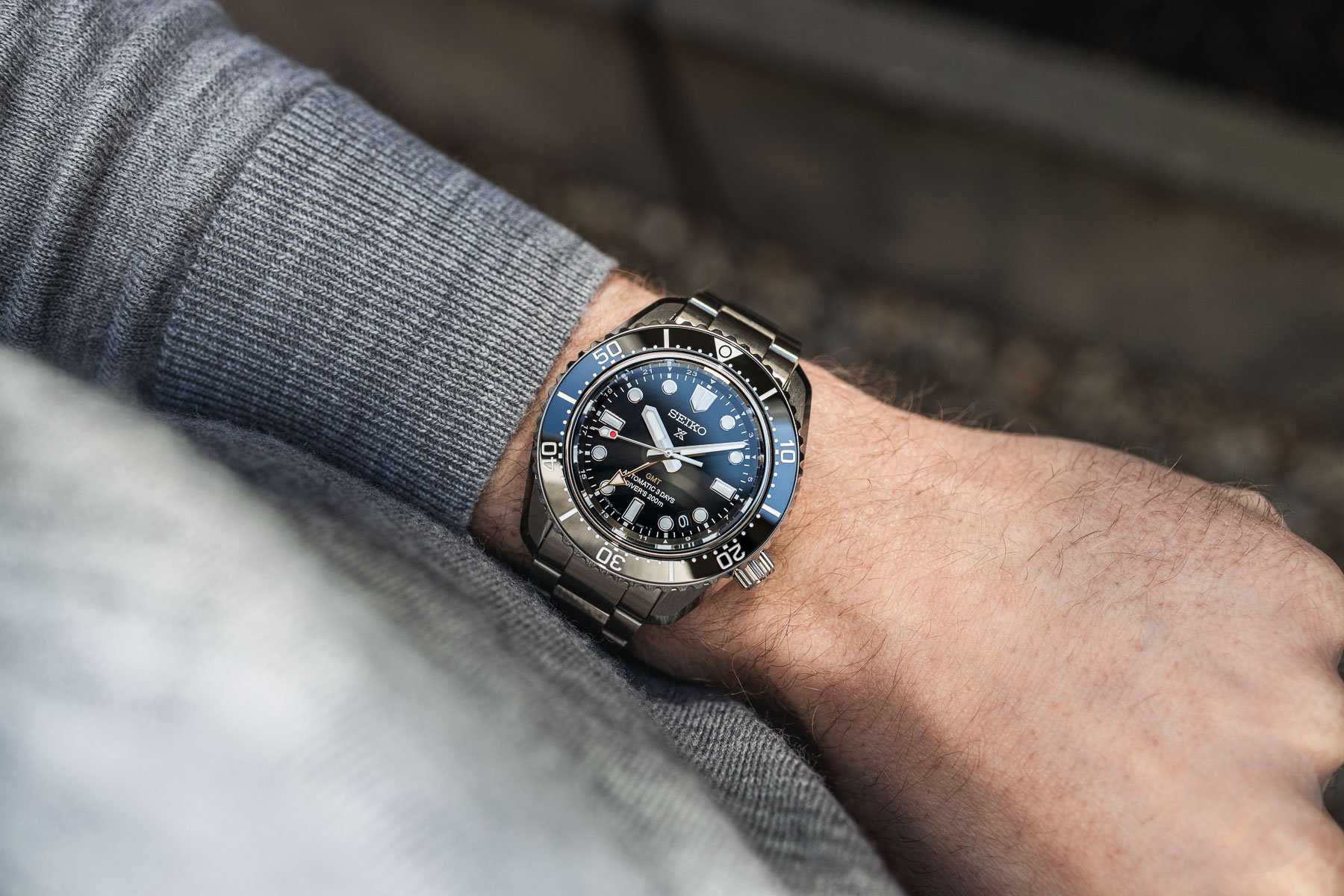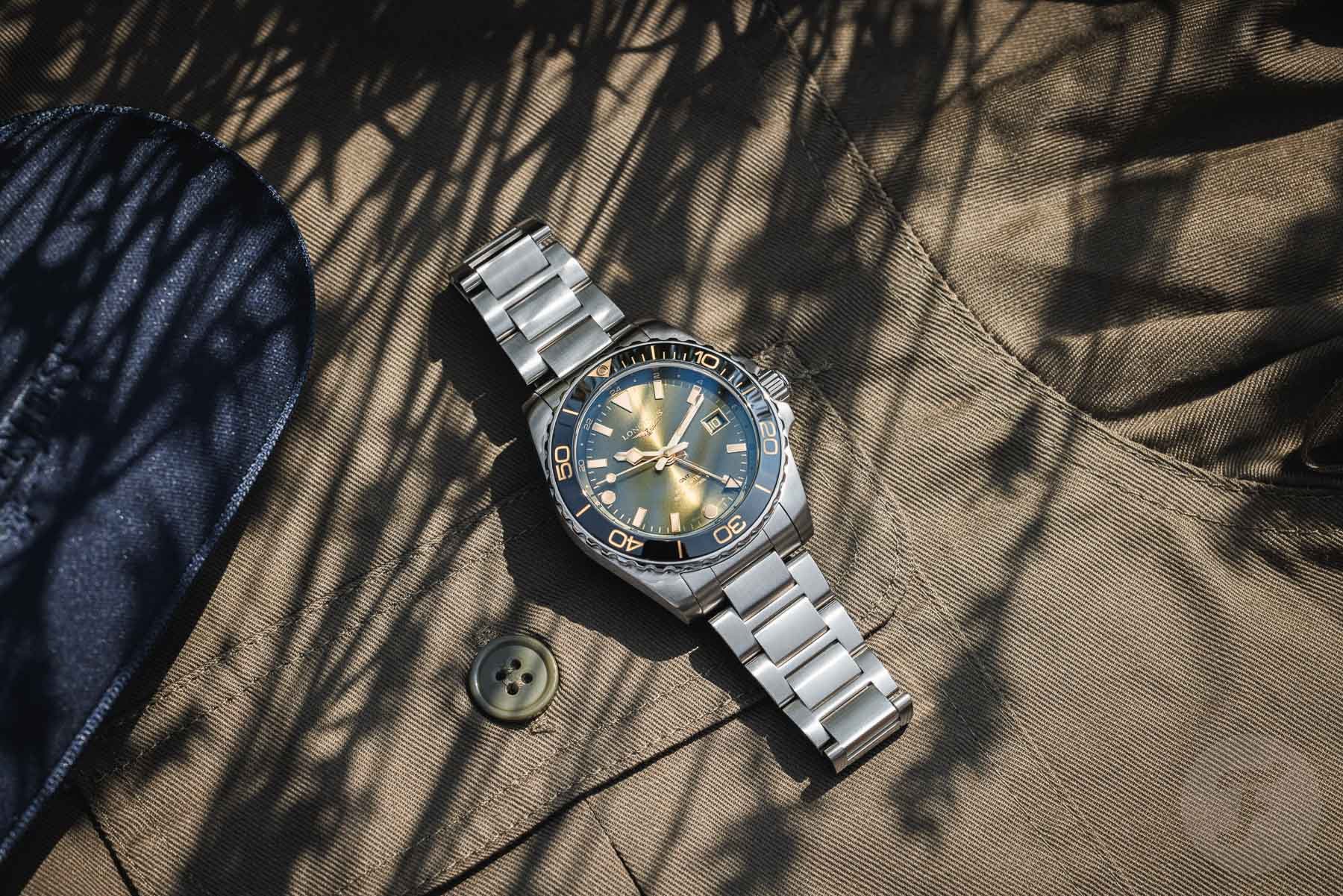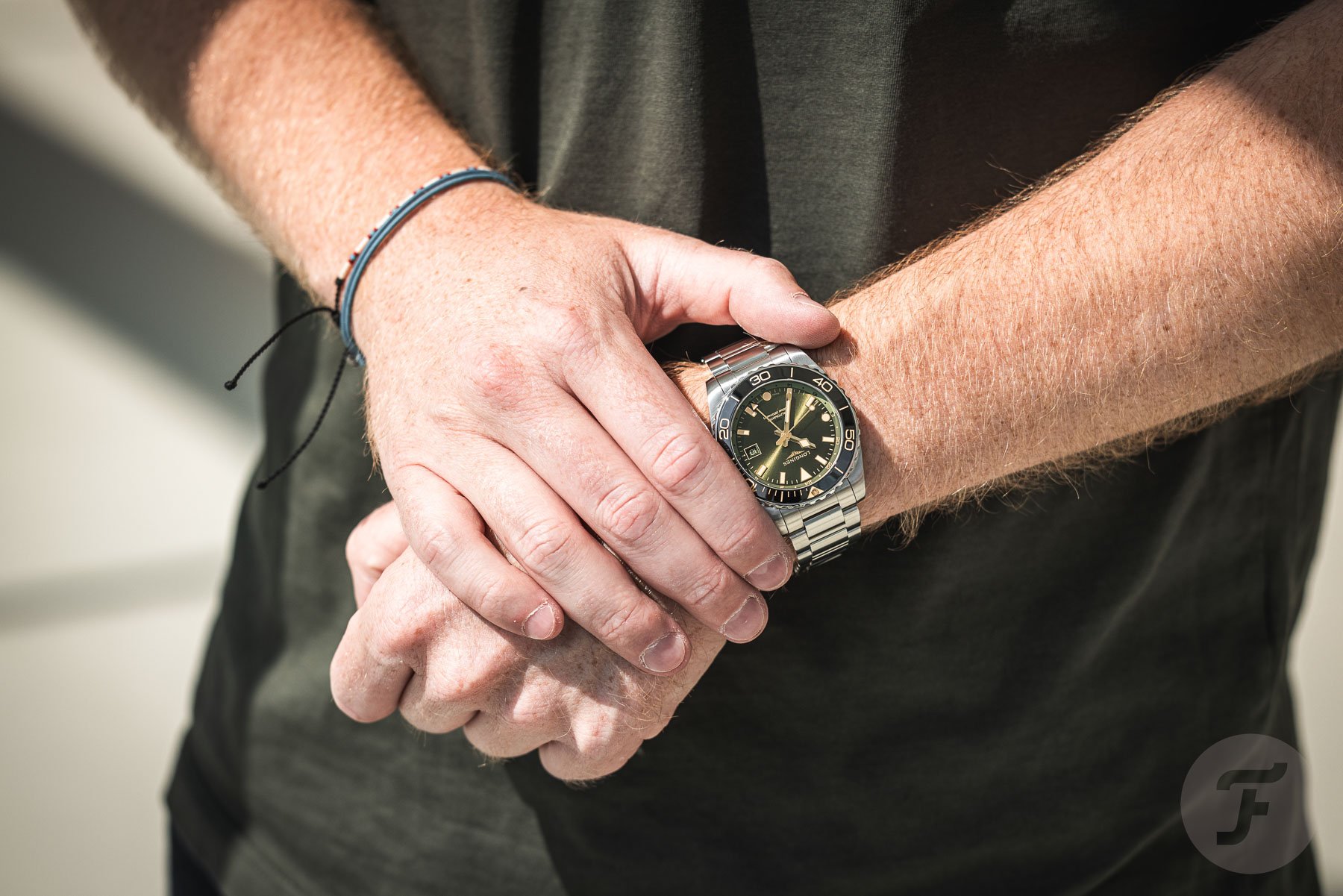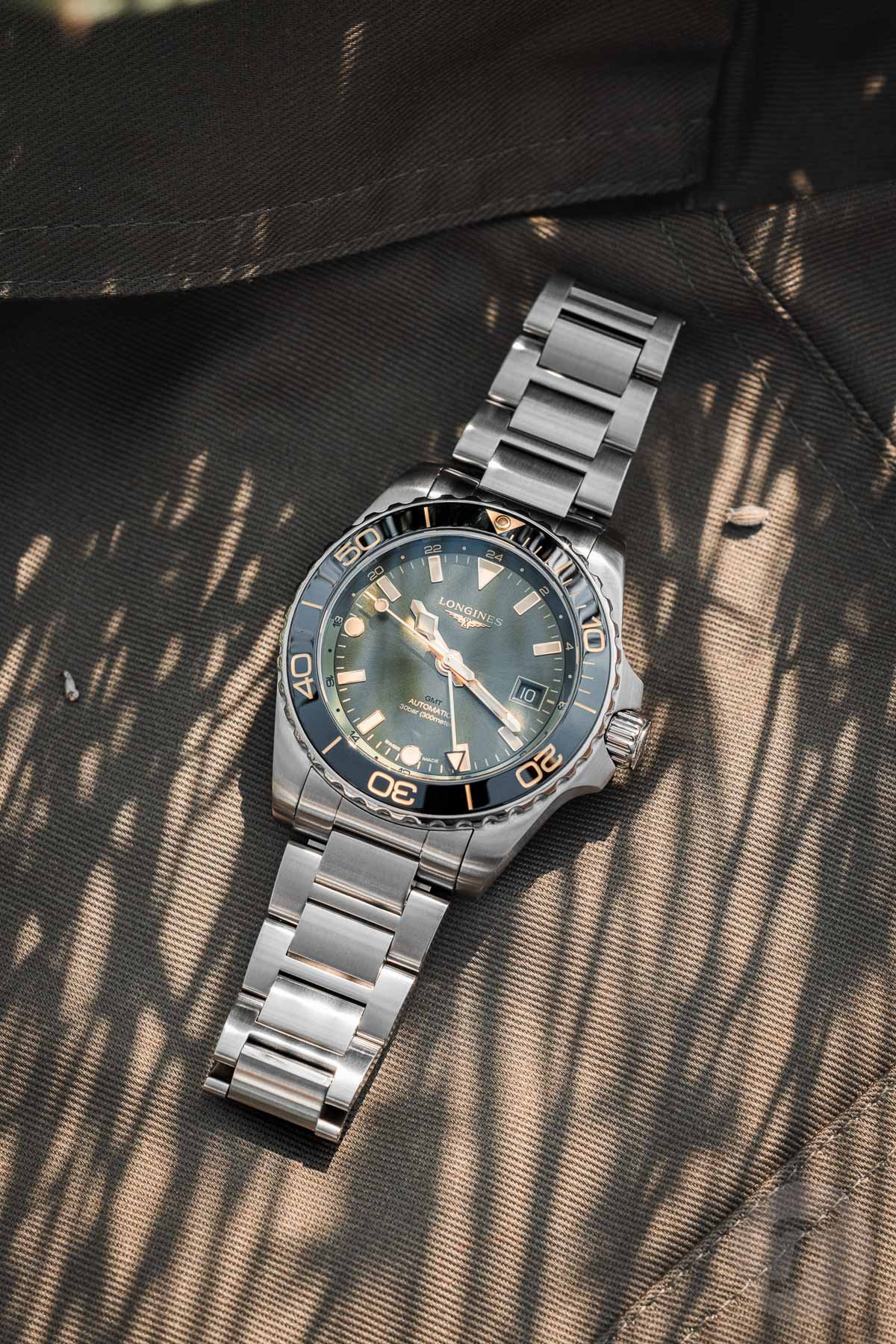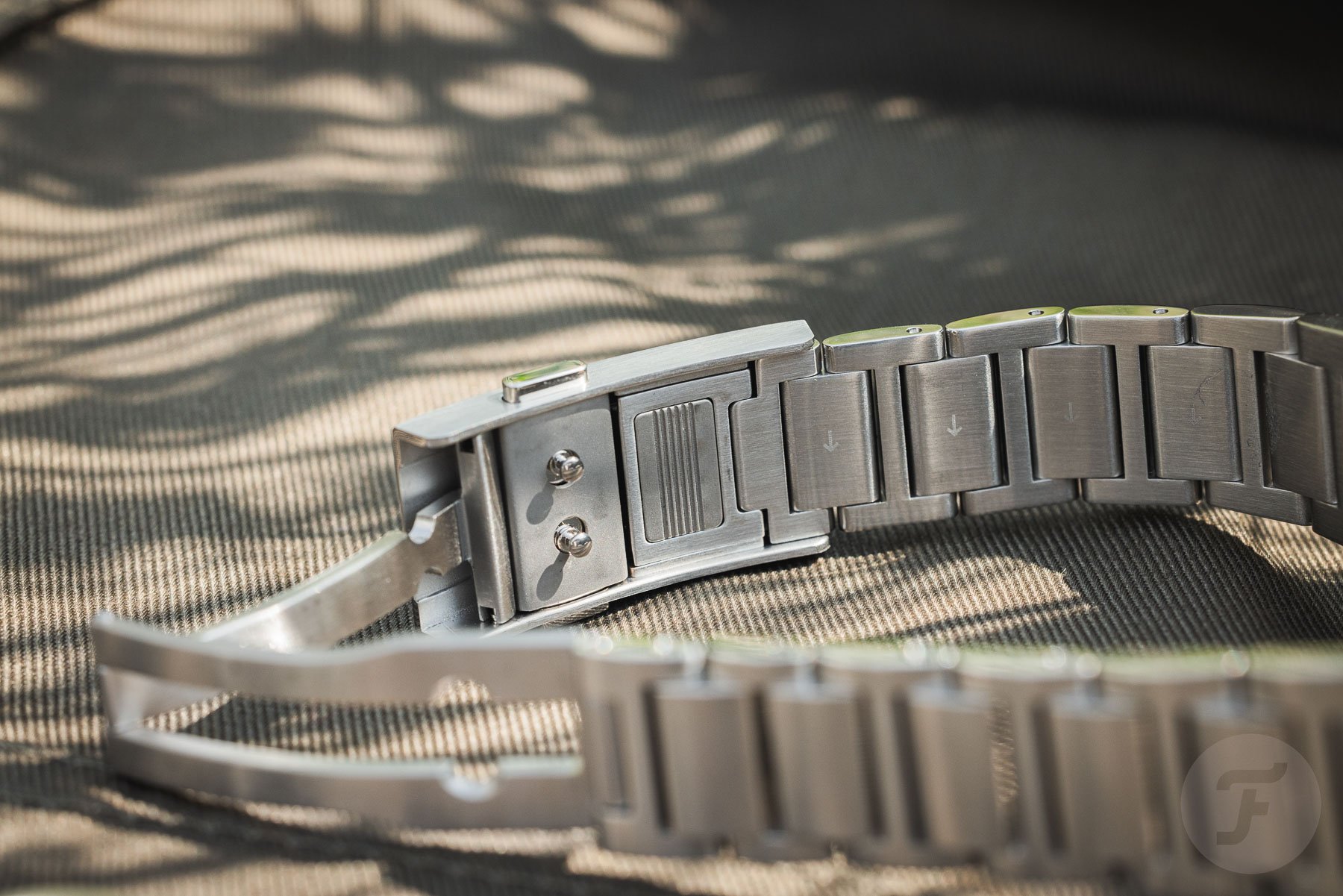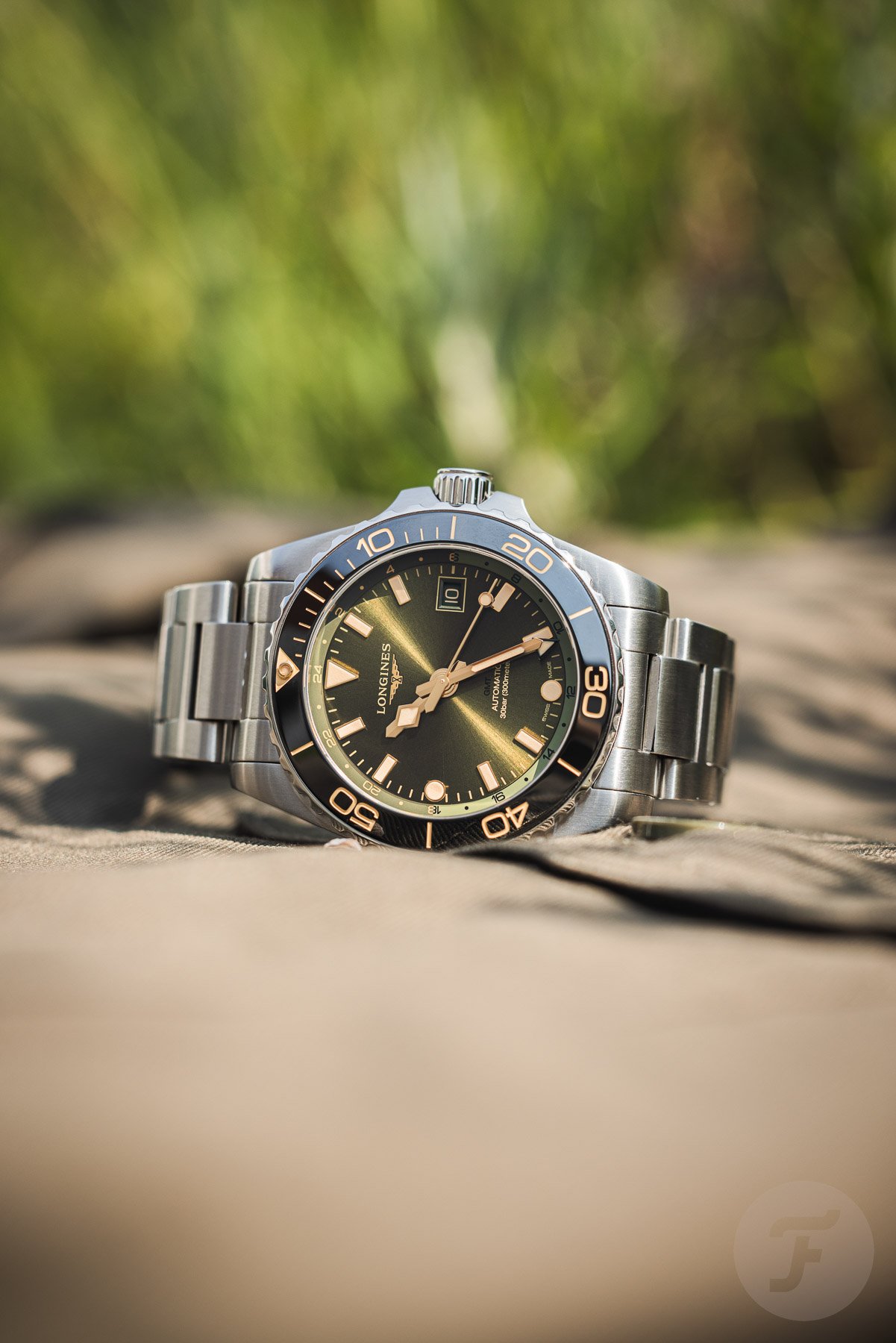Sunday Morning Showdown: Seiko Prospex GMT Vs. Longines HydroConquest GMT
Welcome to another edition of Sunday Morning Showdown. Today, our editors go head to head in a battle of the GMT divers. It’s a category that is not extremely popular with watch fans. But there are quite a few options out there that combine the functionality of diving and traveling in one watch. Recently, we have seen quite a few new dive GMTs from different brands. In today’s match-up, the brand new Longines HydroConquest GMT takes on the Seiko Prospex GMT that was released just last month. But which watch will take the GMT diver crown? Our writers are ready, so let’s get this battle going.
Today’s showdown is a remarkable one. Generally speaking, there are dive watches, and there are GMT watches, but the combination of both is not a very common one. Until recent times, we haven’t seen many watches that provide the functionalities of a diver and a GMT watch. Back in March, however, Seiko announced three GMT versions of its 1968 Diver’s Modern Re-interpretation. With two regular models in green (SPB381) and black (SPB383) and a Save the Ocean limited edition in blue (SPB385), the brand entered the GMT arena while staying true to its diving roots. To our surprise, Longines also entered that same arena not too long after releasing the much-praised 39mm version of the Spirit Zulu Time GMT. This time, the brand came with the HydroConquest GMT, the traveler’s version of the brand’s popular HydroConquest diver.
Last week on Sunday Morning Showdown…
But before getting into today’s battle, let’s take a look at last week’s showdown. In a match-up of dive watches with Goldbronze and Bronze Gold cases, the Omega Seamaster 300 in Bronze Gold took the win with nearly 75% of the votes, leaving the Sinn T50 Goldbronze in the dust. In the comments, several of you questioned the pairing beyond the materials. Could a modern hardcore diver like the Sinn T50 really be paired with the retro-inspired Omega Seamaster 300? In our Sunday Morning Showdown series, we do not limit ourselves to obvious matchups. Some of them might be a stretch, but we’re always curious to find out your opinions. And we read all of them. That’s why this week’s showdown features two watches that are closer together. Which will take the win this week, the Seiko Prospex SPB383 or the Longines HydroConquest GMT? Over to Jorg and Robert-Jan to make their cases.
Jorg: Seiko Prospex GMT SPB381/3
Let me start by saying that this showdown is not just about one reference. Just like the Longines HydroConquest GMT, Seiko offers the new GMT versions of the 1968 Diver’s Modern Re-interpretation in multiple colors. So it is as much about the green SPB381 as it is about the black SPB383. This is not a showdown that will be decided on color, so let’s include all the regular models for comparison’s sake. Now, with that out of the way, let me make my case. As some of you will know, I love a good GMT. But does a Seiko GMT diver fit that bill? I was not sure when I first saw these new GMT versions of the 1968 Diver’s Modern Re-interpretation.
But a second glance reassured me that Seiko was very respectful in the way the brand integrated the GMT functionality into a diver’s design. I very much see a diver first. And that’s what it should be. The watches are defined by the iconic style of Seiko divers and rooted in the brand’s rich history. The associations with Seiko’s iconic debut professional dive watch and the Marinemaster are very much present.
And it’s a design that, although rooted in the past, still feels very modern. The same can be said of the instantly recognizable style of the dial and hands. But with a gold GMT hand and the 24-hour scale integrated neatly on the rehaut, this is a graceful GMT version of the regular SPB185 and the SPB187 that I love.
Modern dimensions with perfectly integrated GMT functionality
Let’s take a look at some specs of these two new Seiko models. Both the SPB381 and SPB383 feature a 42mm stainless steel case that is 12.9mm thick, 48.6mm long, and 20mm between the lugs. The watches are water resistant to 200 meters and don a stainless steel bezel with a ceramic bezel insert and the classic 60-minute diving scale. The stainless steel bracelet with a folding clasp, a security lock, and a diving extension finish the looks of these GMT divers in style. When it comes to the quality of the bracelet, Seiko has made significant steps forward. Having said that, the clasp could use some improvement, as I also mentioned in the review.
What I love about the looks of the SPB381 and SPB383 is the integration of the GMT functionality. Seiko has made sure that the design is unmistakably focused on diving functionality first and traveling second. With the integration of elements, Seiko has managed to keep the dial characteristics that directly link it to the regular divers. The 24-hour scale is modest but easy to read. With the gold-colored GMT hand, you get a nice touch of contrast while also perfectly indicating the time in another time zone. Add the recognizable case, and I can only compliment the Seiko designers for doing an awesome job.
Comparing designs of the SPB383 and the Longines HydroConquest GMT
When it comes to Longines, I see a lot more design constructs to make a GMT version of the HydroConquest happen. First, the case shape differs from the regular HydroConquest diver. Looking at the watches, I see a Rolex Super Case shape, whereas the regular case style is more graceful. Additionally, the dial design is far removed from the regular model.
I have to be honest, though; I think that’s a win because it simply looks better without the oversize modern numerals. But the connection is lost. Additionally, the day/night indication is hardly visible, and either you do it well or don’t do it at all, like Seiko. When I look at the four Longines models, I am immediately drawn to the retro-inspired green and brown versions.
The black and blue variants remind me too much of the more expensive versions of the similarly colored Mido Ocean Star GMT. The green and brown versions have an unmistakable charm to them that also defines the Spirit Zulu Time GMT line. But that vintage charm also comes with the risk of becoming a trick. We know that Longines leans heavily on its history, as it should. But the HydroConquest is the brand’s modern diver series, which makes vintage styling cues seem like a bit of a stretch. That’s where the Seiko models feel a lot more natural as direct relatives of the Marinemaster and the 1968 Diver’s Modern Re-interpretation.
Seiko’s new in-house caliber 6R54
The new Seiko models are powered by the brand-new caliber 6R54. This in-house automatic GMT movement operates at 21,600vph and delivers 72 hours of power reserve. The new 6R54 allows you to set the 24-hour GMT hand independently, making it a caller GMT, whereas the Longines is a flyer GMT. It will be a deal breaker for many when it comes to preferring the Seiko over the Longines. As I explained in my review of the new Seikos, I would much prefer a flyer GMT. But if a watch is a caller GMT and looks great, I will seriously consider it. I simply do not travel through different time zones enough to make it an absolute must-have.
And with the Seiko Prospex SPB383 and SPB381, I get just that. As I explained, I love the looks of these two timepieces. They are instantly recognizable as modern Seiko watches that are related to the other famous Seiko divers. At the same time, the design is rooted in the brand’s rich history in this genre. The connection is there and feels natural, which is something I miss with the new Longines. It feels too much like it’s something that the HydroConquest is not — a series of vintage dive watches. The Spirit Zulu Time GMT does retro a lot better. And it’s why I rather pay €1,700 for the Seiko than €3,050 for the Longines.
RJ: Longines HydroConquest GMT
Seiko and Longines are both brands that offer watches that offer value for money. Longines is more expensive, but is that the Swiss premium you must pay, or does it also add more quality?
These two watches offer very similar specifications, as do most dive watches. The Seiko offers water resistance to 200 meters, and the Longines can handle 300 meters. I am not sure if this is really a sticking point for those interested in these watches, as long as you can dive with them. At 12.9mm, the thickness of the watches is the same, but the Longines is 41mm in diameter, and the Seiko measures 42mm. Both have self-winding movements with a GMT function, one a “caller’s” and the other a “traveler’s.”
The Longines HydroConquest GMT impressed me
I saw and wore both watches when they were in the Fratello office, and both positively surprised me. However, to me, the immediate downside of the Seiko Prospex GMT was the bracelet. It’s often the Achilles heel for many watch brands, and it’s no different for this otherwise-great diver’s watch. Longines has an edge here. The Longines bracelet feels more solid and better finished, and the micro-adjustment mechanism also looks and feels better made. I can see some room for improvement on these, but they’re still better than the Seiko Prospex ones in terms of finish, function, and comfort.
Upon further inspection, it’s not only that but also the GMT mechanism of the Longines that has the advantage of being a “true” or “flyer” GMT here. As Jorg said, the Seiko Prospex GMT is a so-called “office” or “caller” GMT, where you set the extra hour hand independently. It’s a matter of preference, and both do the job, but I favor a GMT watch where I just set the local time using the regular hour hand, and the GMT hand points to home time.
The typical diver’s watch but with a GMT
Design-wise, the Longines HydroConquest has much in common with other dive watches from brands within and outside the Swatch Group. The Seiko Prospex GMT is a typical Seiko. However, it is also a very confusing design since many Seiko divers look alike but are at different price points. Indeed, I see the original Seiko 1968 diver design in the new Prospex GMT, but this design has been used repeatedly in the past decades for so many different models. I don’t have a preference for anything here. You could say that Seiko is at least loyal to its heritage, whereas Longines is a mix of everything.
Longines L844 GMT movement
That said, Longines has been on a roll lately. I am not sure whether this is due to the new management or whether there’s another reason, but they’ve been pumping out excellent new watches in the last few years. They moved forward with their movement development, where Swatch Group’s ETA is producing them, but exclusively for Longines and co-developed by Longines’s engineers. The Ultra-Chron’s high-beat L836 movement is an excellent example here, but so is this L844 movement with the flyer’s GMT function and a power reserve of 72 hours. In addition, they ensure it has a silicon balance spring and uses antimagnetic movement parts.
More expensive but also of higher quality
The retail price of the Longines HydroConquest GMT starts at €3,050 for the version on a fabric strap and increases to €3,150 for the version on the stainless steel bracelet. It is significantly higher than the €1,700 for the Seiko but also comes with the above-mentioned perks. Is that worth the price difference? I will leave that up to you as price and product are (somewhat) disconnected when it comes to watches above a certain price point. I prefer to spend a bit more to get a watch of higher quality. Another option would be to look at Seiko Prospex models that offer quality and features closer to the Longines. The SLA021 (formerly known as Marinemaster 300) comes to mind, but there’s no GMT version of that watch (yet).
Aside from the price and specifications, it’s also about which design you like better. Or perhaps it’s also about the brand you want to be seen with.
Time to vote!
There you have it, folks — another Sunday battle with two popular timepieces going toe to toe for the win! Are you in favor of the more affordable Seiko Prospex GMT, or do you feel it’s worth spending a bit more on the Longines HydroConquest GMT? Make sure to vote for your choice below, and also let us know why you picked it in the comments. See you next week for another installment of Sunday Morning Showdown!

